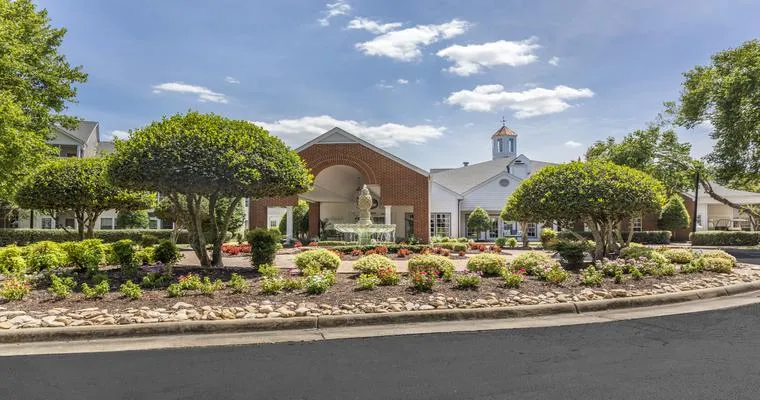As the population ages, the demand for "senior living" options continues to grow, making "Continuing Care Retirement Communities (CCRCs)" an increasingly popular choice for older adults seeking a supportive environment. CCRCs provide a unique combination of independent living, assisted living, and skilled nursing care, all within a single community. This comprehensive approach allows residents to age in place while receiving the level of care they need, making it an attractive option for many seniors and their families.
Continuing Care Retirement Communities are designed to accommodate the evolving needs of seniors. Residents typically start in "independent living" units, where they can enjoy a vibrant lifestyle with amenities such as fitness centers, social activities, and dining options. As their needs change, they have the flexibility to transition to "assisted living" or "skilled nursing care" without having to move to a different location. This seamless progression ensures that seniors can maintain their community connections and support systems.
One of the key benefits of CCRCs is the peace of mind they offer to both residents and their families. Knowing that comprehensive care is available on-site eliminates the stress associated with searching for new facilities as health needs change. Many CCRCs also promote a healthy and active lifestyle, encouraging residents to engage in various activities, from exercise classes to art workshops. This focus on wellness is crucial in enhancing the overall quality of life for seniors.
Financial considerations are also an important factor when exploring Continuing Care Retirement Communities. Most CCRCs operate on a "type A", "type B", or "type C" contract model, each offering different levels of financial commitment and care services. Type A contracts usually cover all levels of care for a single entrance fee, while Type B and Type C contracts may require additional fees for assisted living or skilled nursing care. Understanding these options and their implications is essential for families budgeting for senior living.
In addition to the financial aspect, families should also consider the location and amenities offered by CCRCs. Many communities are situated in desirable areas, providing easy access to healthcare facilities, shopping, and recreational activities. The social aspect of living in a CCRC cannot be overlooked, as residents often form strong friendships and support networks, enhancing their overall happiness and well-being.
In conclusion, Continuing Care Retirement Communities represent a comprehensive and flexible approach to senior living. With the ability to transition between various levels of care, combined with a focus on community and wellness, CCRCs are an excellent option for seniors looking to maintain their independence while having access to necessary support. As families navigate the complex landscape of senior care, understanding the benefits and features of CCRCs can help make informed decisions that enhance the lives of their loved ones.





